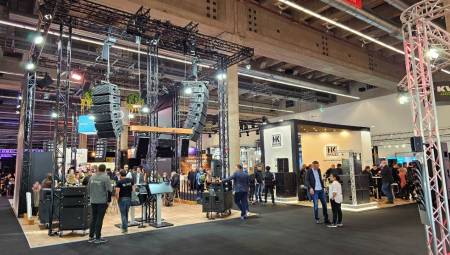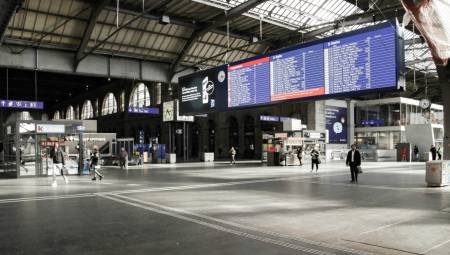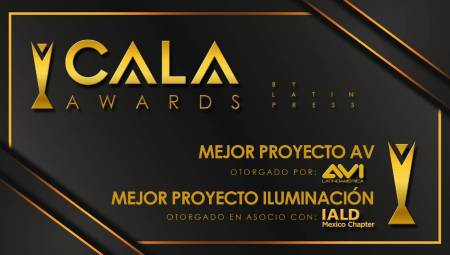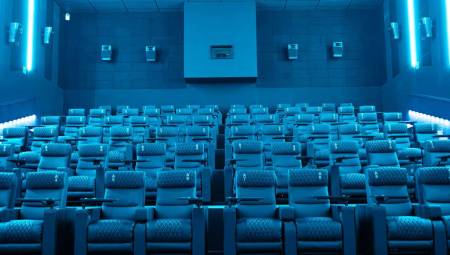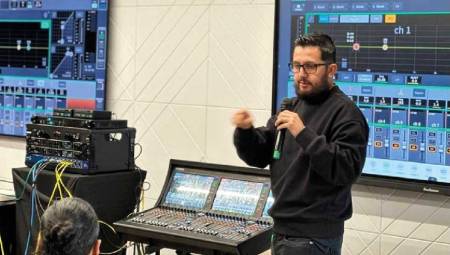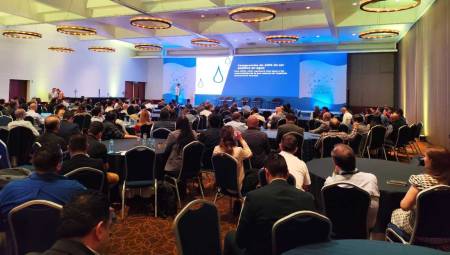by Alejandra García Vélez
Before talking about evolution, it is necessary to recount history, all those small factors that have allowed great advances. In the case of LEDs, its beginnings date back to the early twentieth century, when it was discovered that when applying electricity to a carbon silicon semiconductor, light was produced; however, this light was so weak that it never had a commercial use. Later, in the 50s, British scientists began to experiment in this field creating the first infrared LED. That, it could be said, was the milestone that started the LED revolution, because since then each year has brought with it an advance in technology, either by the use of different substrates or the creation of lights of different colors.
From the red LEDs it went to the green, blue and finally to the white. The evolution in Light-Emitting Diodes led to the increasing expansion of the range of uses that could be given to these small devices. For example, the first flat screen television made with LED was a prototype developed in 1977 which was only a monochrome red screen. Since those first efforts there is a lot of progress that has been advanced and today it is common to find all kinds of LED devices.
But what is the reason for the popularity of LEDs? Basically to its efficiency and functionality compared to other similar equipment; According to Feliciano Salerno, engineer of the technical department of the company Phaseaudio, c.a, some of the advantages of LEDs are:
- Efficiency: produce more light per watt than incandescent bulbs
- Color: LEDs can emit light of the desired color without the use of filters, which reduces production costs.
- Size: LEDs can measure as little as 2 millimeters
- Response time: They turn on quickly and are ideal for applications that have frequent on/off cycles, unlike fluorescent lamps that tend to burn faster.
- Shelf life: 35,000 to 50,000 hours.
An example of the positioning that LEDs have gradually reached is the recent announcement that the city of Los Angeles plans to install a total of 140,000 LED lights in the next five years to replace the lighting of the streets of that city. The initiative promoted by the Clinton Climate Initiative (CCI) hopes to reduce the use of electricity and save money in that area. After installation it is estimated that Los Angeles will save 40% of electricity and reduce carbon emissions by 197,000 tons.
The market
Advances in this field continue and leDs are increasingly used for more and more things. For example, LEDs gave way to OLEDs (Organic Light Emiting Diode) and from these they moved to AMOLED (Active Matrix Organic Light Emitting Diode), which use a technology of great popularity in mobile devices due to their ability to direct light towards a specific pixel. An AMOLED device is basically a set of OLED pixels that are deposited or integrated to form an array of pixels, these light up when they have been electrically activated; its main advantage is that you can control the level of brightness that each of them will show.
The popularity of AMOLED is increasing, because if they are manufactured in flexible plastic substrates it can be achieved that they are very thin and light, more resistant to damage, that have a very low power consumption with a high image quality and at a lower cost than LCD screens.
However, the production of AMOLED has not yet reached its maximum development, in fact, it is estimated that the world market for this technology will grow by 2014 to reach $ 4.6 billion dollars, which would mean an increase of 83.3 percent compared to the $ 67 million that the market billed in 2007, according to information released by the company iSuppli Corp. In addition, in terms of global shipments, these are expected to grow to 185.2 million units shipped in 2014, which would represent an annual increase of 84.2 percent compared to the 2.6 million units shipped in 2007.
Regarding the use of LEDs in the area of lighting there are also positive prospects, according to Salerno one of the most common uses today for LEDs is the lighting of shows, theaters, discos and for architectural lighting. Although the Engineer recognizes that in Latin America this technology is just beginning to be taken into account, "for LEDs to be used more in the region, there needs to be greater ease of access, a better price and the security of a good quality of the product," said Salerno.
However, according to figures from the specialized portal thedatamyne.com, imports of Led Light-Emitting Diodes in Latin America still have a long way to go; for example, in Colombia the market for indicator boards with liquid crystal devices or Light Emitting Diodes (LEDs) reached two million dollars in 2008; with the majority of equipment imported from China (31.03%) and the United States (16.73%).
For its part, in Argentina imports of Light Emitting Diodes reached 650 thousand dollars in 2008, a small figure if compared with the results in the same category and period of time presented by Brazil, a country whose imports of LEDs in 2008 represented a little more than 4 million dollars.




